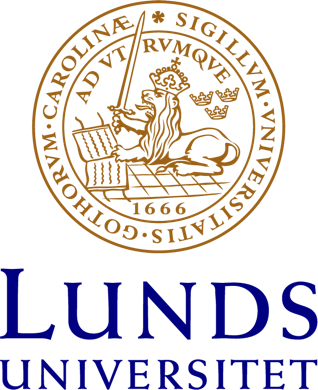Serum estradiol associates with blood hemoglobin in elderly men; The MrOS Sweden Study.
Context: Blood hemoglobin (Hb) declines with age in healthy elderly men, in whom decreasing testosterone has been regarded as part of normal ageing. However, the association between Hb and serum estradiol is incompletely known. Objective: To determine whether estradiol is associated with anemia/Hb and established determinants of Hb in elderly men without prostate cancer. Design, Setting and Partic
